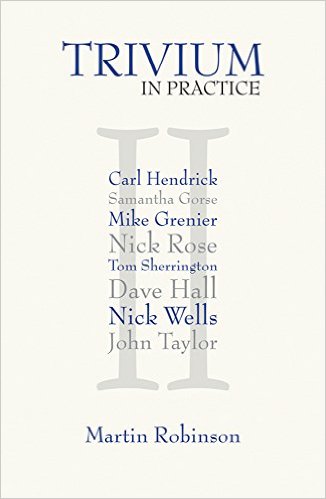Greg Ashman’s extremely helpful blog ‘A two-axis model of approaches to learning’ points out that there are different ways of teaching and that these methods can be relevant to different levels of expertise in the learner. Ashman posits that: “As a period of explicit instruction progresses, it will actually become less explicit as the instruction moves from modelled to guided,” and that, ‘self-determined inquiry’: “is an appropriate approach for use by high prior knowledge individuals in the construction of new knowledge.” What Ashman calls ‘accountable inquiry’: “…may take the form of being explicit about methods but not about the knowledge to be learnt. For instance, students might follow a set experimental or research procedure but they might be expected to draw their own conclusions from this.” He concludes by suggesting that all these forms of learning “have their place.”
In an obvious way one could draw the conclusion that learning will be different in a primary school than learning at doctorate level, both are ‘learning’ through a formal procedure yet due to a number of factors, including expertise and age, the most suitable methods are different. This is why treating adults like children at an inset session and expecting children to learn in a way more suited to experts can both go horribly wrong. I have a couple of questions, what is the level of expertise required in a given subject or topic before one can move from explicit to guided to self determined and are all disciplines the same?
In Trivium 21c I extol the virtues of this model: ‘grammar’ lends itself to explicit instruction, ‘dialectic’ moves the instructional technique to more of a guided process as well as ‘accountable inquiry’ and practice, ‘rhetoric’ is ‘self determined’ within an understanding of suitable methods of expression. This gradual ‘letting go’ of the learner builds their expertise whilst also assessing their knowledge and ability as they progress responding sensitively and quickly to areas that, perhaps, the pupil needs, say, more instruction or practice.
This process is explored in more detail in the new book ‘Trivium in Practice’ in which Tom Sherrington, Samantha Gorse, Dave Hall, Nick Wells, Mike Grenier, Carl Hendrick, Nick Rose and John Taylor all contribute excellent chapters about how the trivium, or aspects of it, is relevant to their work or how they have gone about embedding this approach in their schools.
If these different forms of teaching and learning ‘have their place’ it is most fruitful to have a discussion about what, where and when this might be and how they might relate to one another in different contexts.

Leave a comment